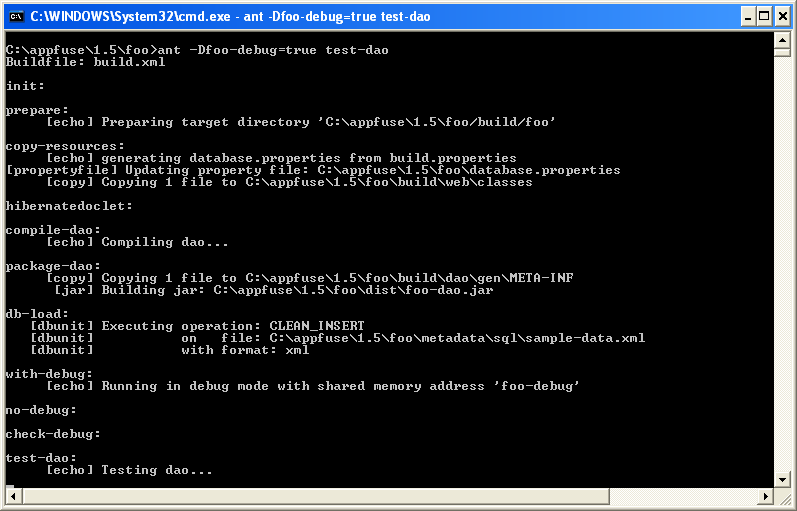- Step 1 Always keep yourself informed about the latest technology i.e. applications which could prevent your PC from getting infected by virus and Trojan errors.
- Step 2 Installing the right and efficient Anti Virus protection shield software.
- Step 3 Your laptop and PC will always keep periodically updating Windows; hence when the 'install updates' box opens, never cancel the update option.
- Step 4 Ensure that your service browsers are original software oriented and not pirated.
- Step 5 Regular 'Disk Clean' up with respect to C drive is very important; hence make sure that your space, storage and all programs installed in that drive are safeguarded from a crash.
- Step 6 Avoid downloads, uploads and software installments which are not protected, licensed and may have a virus attached in them.
- Step 7 Regularly delete cookies, browsing history, your saved cache data such that unwanted software downloads are removed from the PC.
- Step 8 The hardware devices you use should have original software installments; maintain regular updates.
- Step 9 Be conscious about the differences between Virus, Adware, and Spyware hence you must make yourselves vary about what a virus is and how to deal with it etc.
- Step 10 In case of a sudden hardware failure, check if its software is an original and make sure your USB ports are not defected.
- Step 11 Always purchase software, try not downloading them from the internet or trying a trial version of their systems.
- Step 12 Be aware when you open/ check your emails since some of them come under 'Spam' mail and may contain undetected malfunctions.
- Step 13 Make changes in your email and text settings since viruses in that form cannot enter Windows.
- Step 14 Avoid using peer to peer file sharing programs which consist of software like Limewire, Mopheus, Bearshare etc.
- Step 15 Don't load any data from the internet based websites; most of which contain viruses attached in their texts and links.
- Step 16 Always maintain a firewall protection shield on your computers for example use a firewall like Zone Alarm.
- Step 17 Prevent installing more than one virus removal program on your Windows.
- Step 18 Always ensure that you have a backup criterion installed within the PC incase it crashes.
- Step 19 Make sure the settings of your systems like Microsoft are changed with respect to saving your lost files in case the windows hang.
- Step 20 Never unplug devices abruptly; make use of safety removal software which is normally installed on your PC system.
Make sure that the above mentioned precautions are taken into serious consideration and that you apply them to maintain your operating system. The internet is a galore of codes and cookies which can breach your firewalls and hence destroy its efficiency therefore a periodic maintenance is always advised by your technicians.


No comments:
Post a Comment